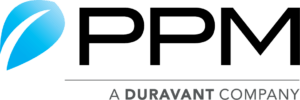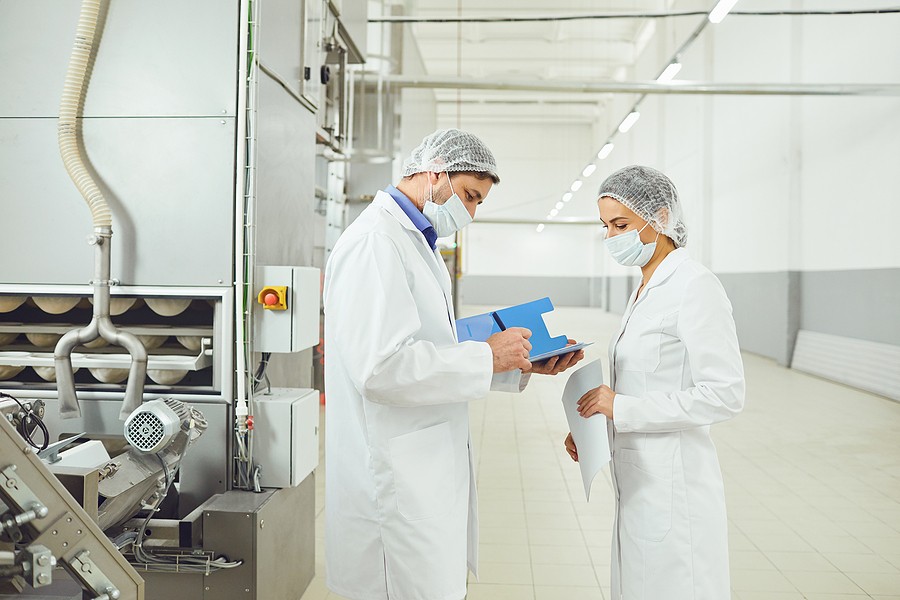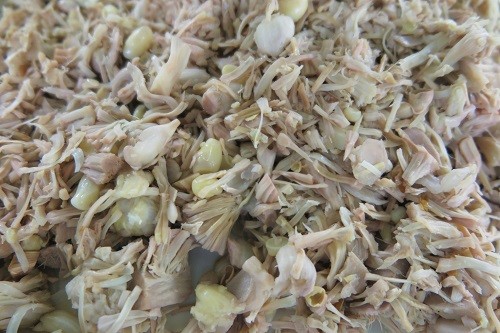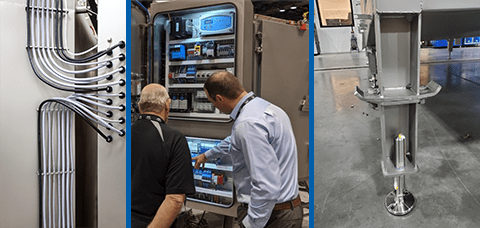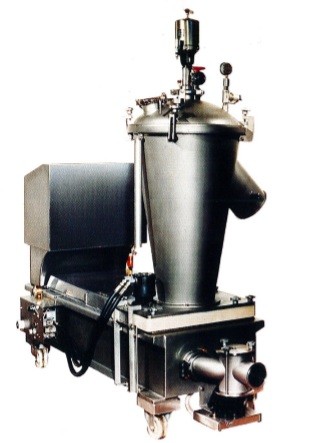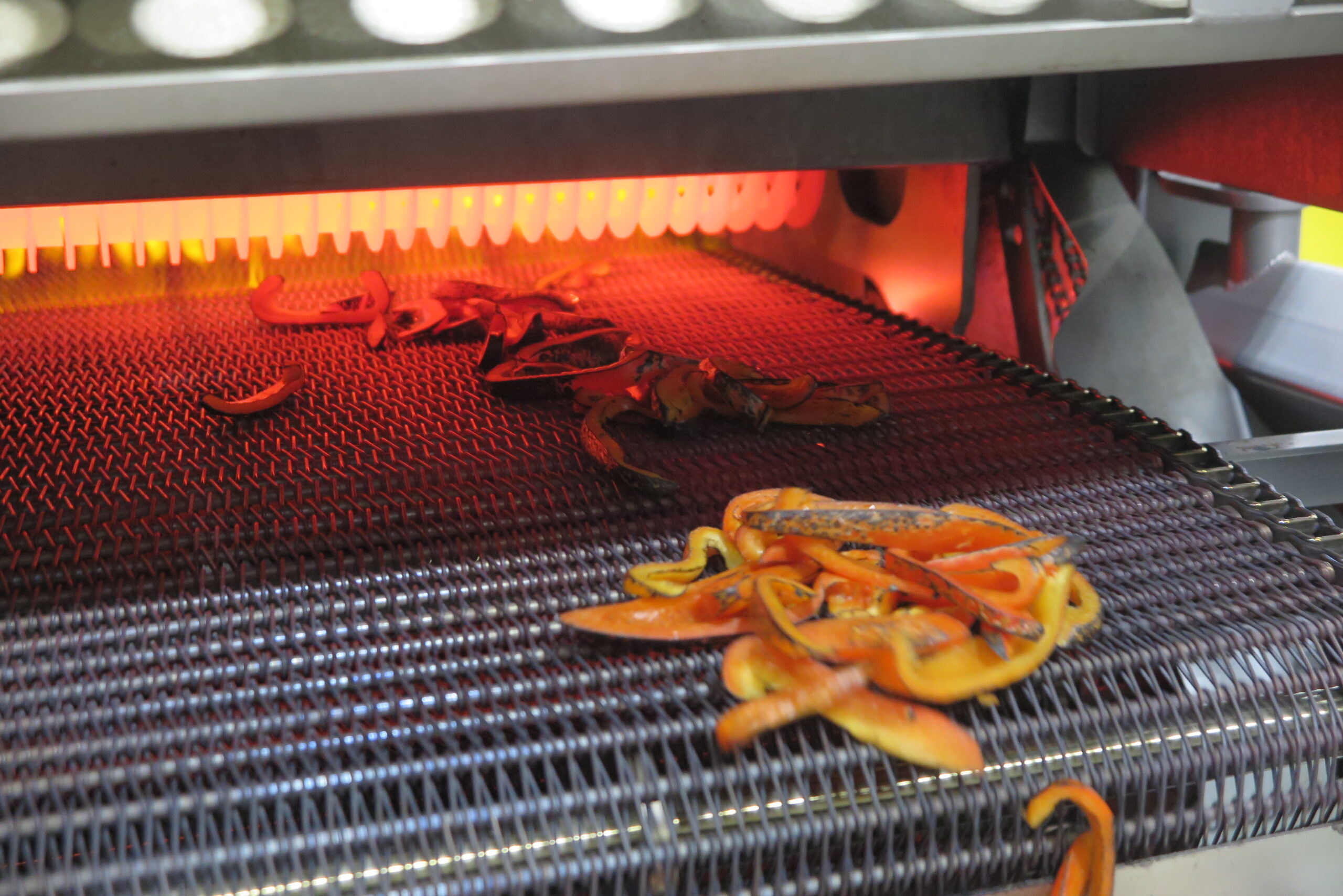As a food processing or manufacturing industry professional, you’re probably well aware of the importance of your operational costs and how much they affect your bottom line. Saving energy, resources, labor, and time with efficient food processing equipment is the best way to ensure you’re keeping these costs as low as possible.
As the global population continues to increase, the demand for food is also expected to increase by about 60% by 2050. According to the Office of Energy Consumption and Efficiency, the food industry already demands 76,701 million Kilowatt Hours of energy to make products. As demand on your output rises, the amount of energy needed also rises, as do your operational costs.
While increased demand for manufactured foods is exciting for the industry, it’s crucial to reduce your operational costs to protect your profit. Reviewing ways to reduce your food manufacturing operational costs will help streamline your processes and increase your efficiency.
New Food Processing Equipment
You may assume that holding onto your old equipment is the best way to save money. A big investment in new food processing equipment may seem too expensive to save money in the long run. However, it’s important to consider how much effort and money you put into maintaining and fixing your industrial food production equipment when it fails.
You may also waste time with slow equipment that doesn’t automate food production processes. Equipment that isn’t efficient enough to contribute what you need each day to make a profit is hurting your productivity. You may need additional trained staff to operate this old equipment, which also negatively impacts your profit.
Purchasing new equipment, such as the latest two-dimensional meat dicer, a direct-flame grill system, or an energy-efficient continuous oven, is an investment in your operations. Although it requires some money upfront, new equipment is beneficial because it may be:
- More energy-efficient, cutting your manufacturing costs.
- Able to manufacture products more quickly, increasing your output.
- Easier to maintain, with less investment in repairs and service.
- Able to produce higher-quality products.
When you invest in updated equipment, you’re investing in a more efficient and productive food manufacturing process, which ends up cutting your production costs and, in turn, increasing your profit.
New Refrigeration Systems
Energy use is a huge contributor to profit loss in the food manufacturing industry. Food processing requires a lot of energy, which drains directly from your profit. One equipment system that may be sucking the most energy out of your production process is your refrigeration system.
In 2019, the commercial food sector used 154 billion Kilowatt Hours of energy on cooling systems, which equates to about 4% of the entire country’s energy consumption for the year. When food manufacturers use old technologies or inefficient cooling systems, they waste energy to keep food fresh. Not only is this bad for the environment, these manufacturers are also reducing profit.
When you spend excessive money on your cooling system because it uses old technologies, you’re directly eating away at potential profit. Upgrading your refrigeration system is a significant investment, but this equipment pays for itself over time by reducing your energy consumption and ensuring functionality with little maintenance.
Environmentally-Friendly Packaging
While it may not seem like a major part of the big picture, your product’s packaging can also make or break your bottom line. Environmentally-friendly packaging is not only good for the world, it also impresses consumers and reduces your operational costs by decreasing the material needed to package your product.
In 2017, food packaging made up 80.1 million tons of municipal solid waste. Most packaging that’s focused on being environmentally conscious uses less material, contributing less to the landfills. When you use thinner materials or naturally occurring materials, such as bamboo or cardboard, you can generally package your foods for less.
Environmentally-friendly packaging is also more likely to attract the consumer because they understand it’s healthier and better for the planet. Consumers feel it’s the food manufacturer’s responsibility to ensure packaging is good for the environment. In a survey, 46% of consumers were willing to pay more for a food product if it was presented in packaging that’s better for the environment than plastic.
The Internet of Things and Other New Tech
The Internet of Things (IoT) is a network of products that connect and communicate with each other to exchange data and increase efficiency. In the food manufacturing industry, your IoT may include a smart refrigerator that automatically regulates temperature, along with production equipment that alerts you about low inventory.
When you invest in equipment that monitors and prepares you for upcoming maintenance costs or regulates and improves environmental aspects, you’re running an efficient operation. The data collected through the IoT eliminates excessive inventory that can spoil and ensures you stay up to date with current numbers.
Energy Efficient Lighting
Reduce your overhead costs by ensuring your lighting is efficient. Whether you’re manufacturing food in a large warehouse or in a smaller space, reducing energy consumption is key for your profitability. You ensure your other equipment is efficient and doesn’t waste energy, so it’s important to also consider your lighting.
Energy-efficient lightbulbs include compact fluorescent lamps (CFLs), halogen incandescent, and light-emitting diodes (LEDs). When you install these types of lighting systems in your food manufacturing facility, they last three to 25 times longer than traditional light bulbs and use 25% to 80% less energy.
If you also install a smart lighting system with energy-efficient bulbs, you can program your lighting system to turn off at a certain time. This ensures you’re not wasting energy while simultaneously reducing your operational costs.
Smart Water Consumption
In 2015, it was reported that 70% of the world’s water supply was used for agricultural purposes and 19% was used for industrial purposes in the food industry. Water is one utility you simply can’t operate without as a food manufacturer. However, like electricity, if you’re wasteful with this precious resource, it cuts directly into your profit.
Reducing water consumption in your manufacturing processes lowers your operational costs and increases profit. Some of the easiest ways to become more efficient with water consumption include the following:
- Install a low-flow system: When you replace sink faucets and toilets with low-flow systems, you reduce water with each use.
- Get your staff on board: Inform your staff that you’re focusing on reducing water consumption and brainstorm with them ways to perform their duties while using less water.
- Consider native landscaping: If much of your water consumption includes irrigation for your lawn, consider redesigning your landscaping to include native plants. They require less water so your irrigation system can take a break.
In the food manufacturing industry, making small yet vital changes to your operation can save you money and increase your profit. By implementing these changes to your facility and committing to reducing your operational costs, you’ll benefit from higher productivity and efficiency.








